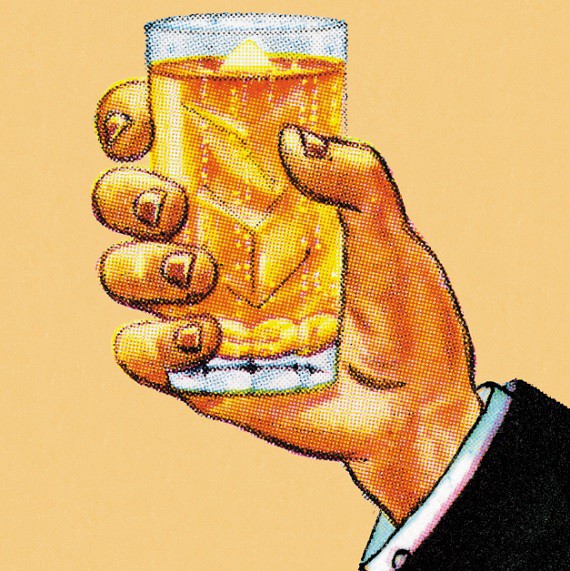_______________________________________
AFTER YEARS OF STAGNATION, the liqueurs market could be about to turn a corner. Consumer trends had gone against the category – sweet was out, bitter was in – and bartenders, fuelled by the craft movement, were starting to make their own infusions. But looking at the numbers now, there is optimism to be found. The category is back in growth – albeit small – with market researcher Euromonitor International suggesting liqueurs grew 0.6% to 109m 9-litre cases in 2017. It’s not much for producers to hang their hat on but, for a historically ailing category, growth is growth. More important, perhaps, is that producers sense the perception of liqueurs is changing.
Camille Ralph Vidal, global ambassador for elderflower liqueur St Germain, concedes that there is a way to go before liqueurs shed their image as the “old dusty bottle in grandmother’s cabinet”, but says one trend in particular – low-abv cocktails – is working in the category’s favour.
LOW ABV
Millennials are the flag bearers for healthy living and, for the first time in recent history, lower abv cocktails are considered appealing. “The low-abv trend started with bartenders getting excited about liqueurs and fortified wine and now the distribution of smaller brands is getting bigger and bigger,” says Vidal. She adds that the low-abv trend isn’t just targeted at millennial consumers but has also been embraced by bartenders who are “drinking lower-abv drinks” as part of a more professional outlook.
The trend may have begun in the on-trade but it has percolated through to consumers in a big way. Longer cocktails are becoming more popular, with the emphasis shifting from heavy spirit to fresher, lighter ingredients, capturing new consumers who want to be part of cocktail culture without the associated calories and hangover.
While liqueurs aren’t traditionally seen as the answer to a low-cal lifestyle, bartenders’ willingness to use them as a substitute for spirits in lighter cocktails is a boon for the category. Aside from bartenders’ own creations, classics such as the Americano and Aperol Spritz both derive their alcohol content singularly from liqueurs – #Aperolspritz was posted 634,492 times on Instagram this year alone.
COCKTAILS AT HOME
The end game for liqueurs brands is to see these trends transition from the on-trade to the off-trade. Here digital communication is key. Drinks Tube, fronted by chef Jamie Oliver and backed by Bacardi, has taken drinks-making directly from the bar to the home. The channel has racked up 358,201 subscribers on Youtube and features the likes of Simone Caporale, Camille Ralph Vidal, Giuseppe Gallo, Rich Hunt and Joe McCanta. With almost 80 videos featuring liqueurs on Drinks Tube, Bacardi has found the perfect platform to promote cocktails such as St Germain Spritz, Classic Espresso Martini, Singapore Sling and Blood & Sand whisky cocktail, to name a few.
Thebar.com is another example of a drinks group exploiting the burgeoning cocktails-at-home opportunity. On the website Diageo admits liqueurs are “in the shadows of spirits”, but reminds consumers that the cocktail world would be “lacking some great drinks without them” and that “sometimes it is liqueurs that make the cocktail”. As a showcase, the website lists 62 cocktail recipes featuring its liqueurs brands: Baileys Irish Cream, Archers, Grand Marnier, Mahiki, Romana Sambuca and Sheridan’s.




